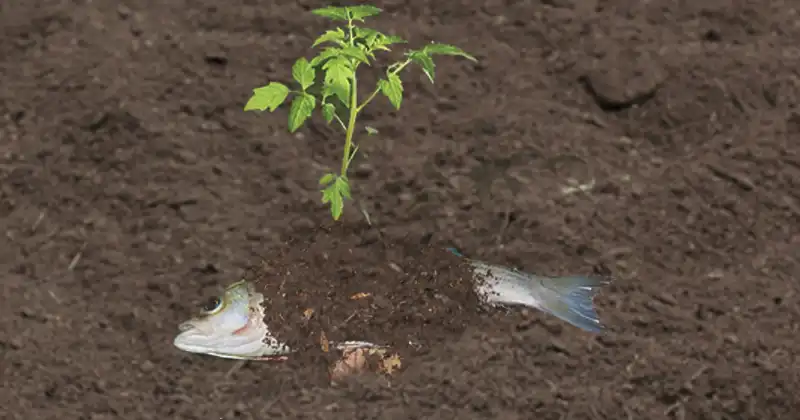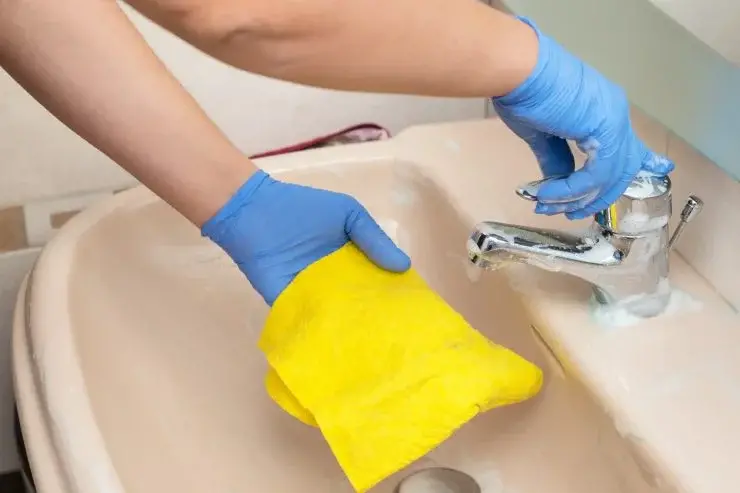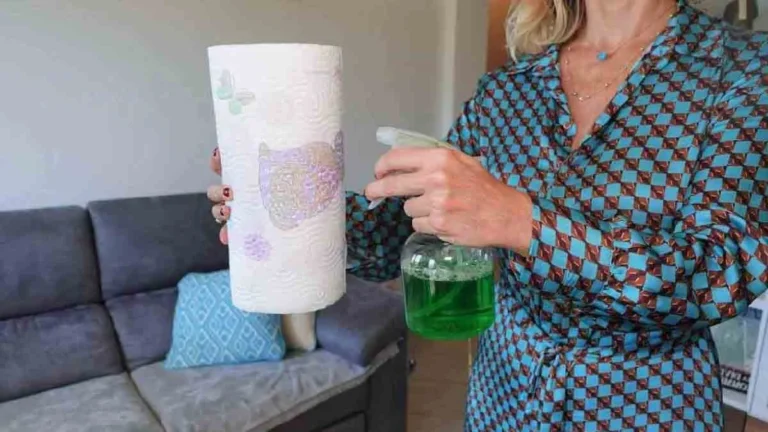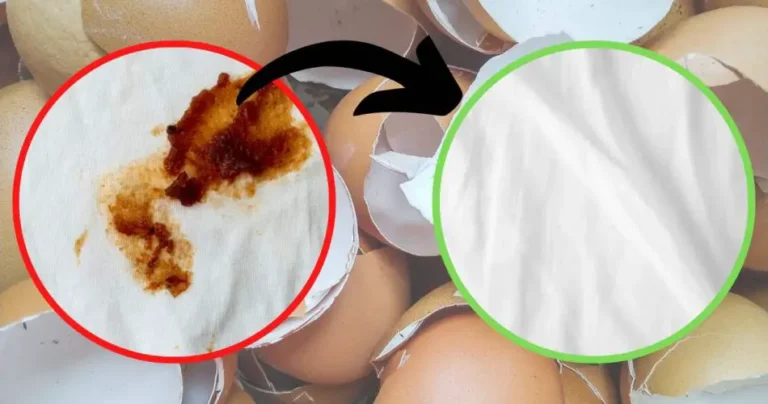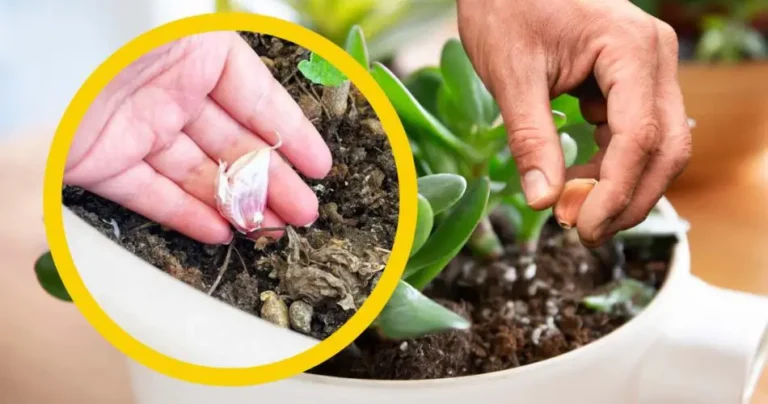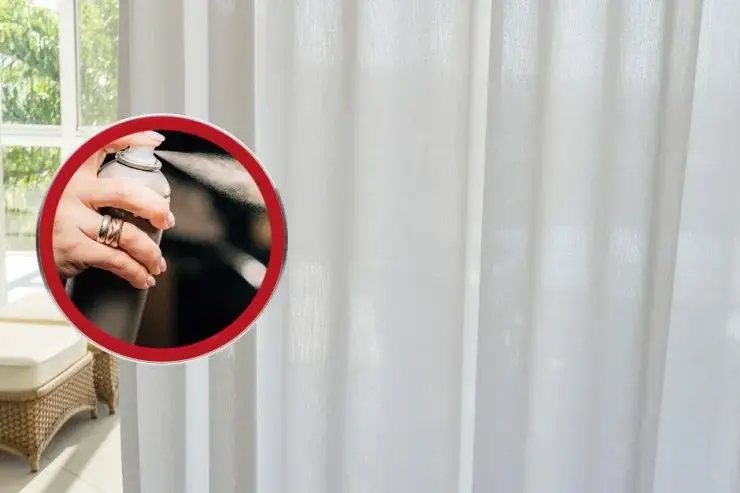Four effective ways to use fish waste for natural garden fertilization
Fish waste may not be the nicest-smelling garden fertilizer, but it offers several benefits, such as enriching the soil, providing essential nutrients (especially nitrogen), and reducing waste. Despite potential drawbacks, including pathogens and unwanted garden visitors, using fish waste can be a sustainable and resourceful way to increase garden fertility. In this article we will explore four effective methods for incorporating fish waste into your garden, ensuring safety and success.
What fish waste does for your garden
Fish waste has been used in gardening practices for centuries, offering various benefits to soil and plant growth. However, they must be handled with care to avoid potential risks. Here are the advantages and disadvantages of using fish waste in your home garden:
Benefits
- Soil Building: As fish waste decomposes, it enriches the soil by adding valuable organic matter.
- Nitrogen: Decaying fish provides nitrogen essential for healthy plant growth, typically at a rate of 4-1-1 (NPK), contributing to the nutrient balance of the soil.
- Other nutrients: Fish waste also contains other nutrients such as iron, zinc, calcium and potassium. These, although not always readily available to plants, can improve soil fertility.
- Waste reduction: Using fish waste in the garden helps keep it out of landfill, promoting an eco-friendly approach to waste management.
Disadvantages of fish waste
While fish waste has its merits, there are some dangers associated with its use:
- Pathogens: Raw fish can harbor harmful bacteria, which can persist in soil and potentially contaminate crops.
- Pests: Raw fish can also carry parasites that can infect soil and future crops.
- Attraction of Pests: The strong odor of rotting fish can attract various animals, including raccoons, opossums and even pets, creating health and safety risks.
Where to find fish scraps
If you are thinking of using fish waste in your garden, it is essential to think about where it comes from. It is essential to source fish from sustainable, ethical and safe sources. Avoid using whole fish and opt for inedible parts such as the head, bones, organs and feces. Responsible use of fish waste helps prevent soil and groundwater pollution and reduces environmental concerns associated with large-scale aquaculture.
Is it better to buy a fish fertilizer?
While using your own fish waste poses health risks, commercially available fish fertilizers have undergone a manufacturing process to remove pathogens. These fertilizers are available in various forms, such as fishmeal, fish emulsions and fish hydrolysate, each with its own benefits and environmental concerns.
If you want to try using fish waste in your garden, here are the four most common and effective methods:
1. Bury fish waste under plants: .
Burying fish waste under plants is a time-tested method, with several nuances that guarantee its success. This approach is particularly effective for fruit plants; here is a more complete overview of how to implement it:
-Select appropriate plant types: Choose fruit-bearing crops for this method, such as cucumbers or tomatoes. Avoid using it for root crops or any plant where the entire plant is consumed, as pathogens and parasites could pose a risk to edible produce.
– Optimal depth: Bury the fish waste at a minimum depth of 30-60 cm. This depth helps control any unpleasant odors and deters animals from digging up waste. Keep in mind that depth affects the availability of decaying matter for plants, so balance it based on the specific needs of your garden.
– Decomposition rate: Fish waste decomposes relatively quickly compared to other organic substances. At the end of the year, usually only clean bones remain. Many gardeners report experiencing significant benefits for their plants, including healthier growth, increased productivity and longer lifespans, especially for annuals. This method has its roots in traditional indigenous agricultural practices and can offer impressive results.
2. Blended Fish Scraps:
Mixing fish waste with water is a less favorable method, due to the particular odor and difficulties in containing it. Here’s an in-depth look at this approach:
– Odor management: One of the main challenges of mixing fish waste is the strong odor it generates. The smell can be unpleasant and can attract flies and other pests to the garden.
– Incorporation into the soil: You can lightly incorporate the fish mixture into the soil. However, this cannot completely eliminate the odor or keep insects and critters away, making it a less preferable choice.
– Decomposition speed: The advantage of mixing is that smaller fish waste decomposes faster. However, odor remains a significant disadvantage of this method.
3. Prepare your own fish emulsion:
Creating a fish emulsion can provide your garden with a nutrient-rich liquid fertilizer, but it comes with a number of considerations:
– Materials needed: To make the fish emulsion, you will need fish scraps, sawdust, a 5-gallon bucket with lid, molasses (unsweetened), and water.
– Preparation process: The preparation involves mixing fish scraps and sawdust in the bucket in a 50:50 ratio. Add a cup of molasses and cover the mixture with water. Be sure to mix thoroughly and let the mixture sit for about two weeks, stirring it every day. After the steeping period, strain out the solids, which can be used with fresh water and molasses to create another batch. The liquid emulsion obtained can be used as a liquid fertilizer.
– Application: To use fish emulsion, dilute one tablespoon in four liters of water and water the plants with this solution twice a week. Fish emulsion provides fast-acting nutrients for individual plants, but does not significantly increase the overall fertility of the garden.
4. Composting fish waste:
Composting fish waste can be a controversial method, as using animal products in compost can introduce parasites and pathogens. However, if you choose this route, follow these specific safety practices:
– Odor and pest control: Place fish scraps in the center of the compost pile to minimize odors and hopefully deter animals from digging them up.
– Temperature Control: To ensure the elimination of pathogens in raw fish, heat the compost pile to at least 145°F (64°C) and maintain this temperature for five days. This heating process must be repeated three times to ensure safety.
– Nutrient composition: It is important to note that adding fish waste to compost does not significantly increase the nitrogen content of the finished compost. Composting turns organic matter into rich humus, which has more or less the same nutrient composition whether it comes from plant or animal sources.
In conclusion, choosing which method to use fish waste in the garden depends on your specific gardening goals and how you handle potential drawbacks, such as odor and attracting pests. Each method has its merits and challenges, so choosing the most suitable approach depends on the needs of your garden and your willingness to manage any associated risks.
Conclusion
The use of animal products in gardening remains a topic of debate, as does the safety of using raw fish for gardening purposes. Whether you decide to use fish waste or explore alternative options, always use caution and discretion when amending your soil. A well-tended garden will reward you with beautiful flowers and a bountiful harvest, regardless of the fertilization method you choose.
